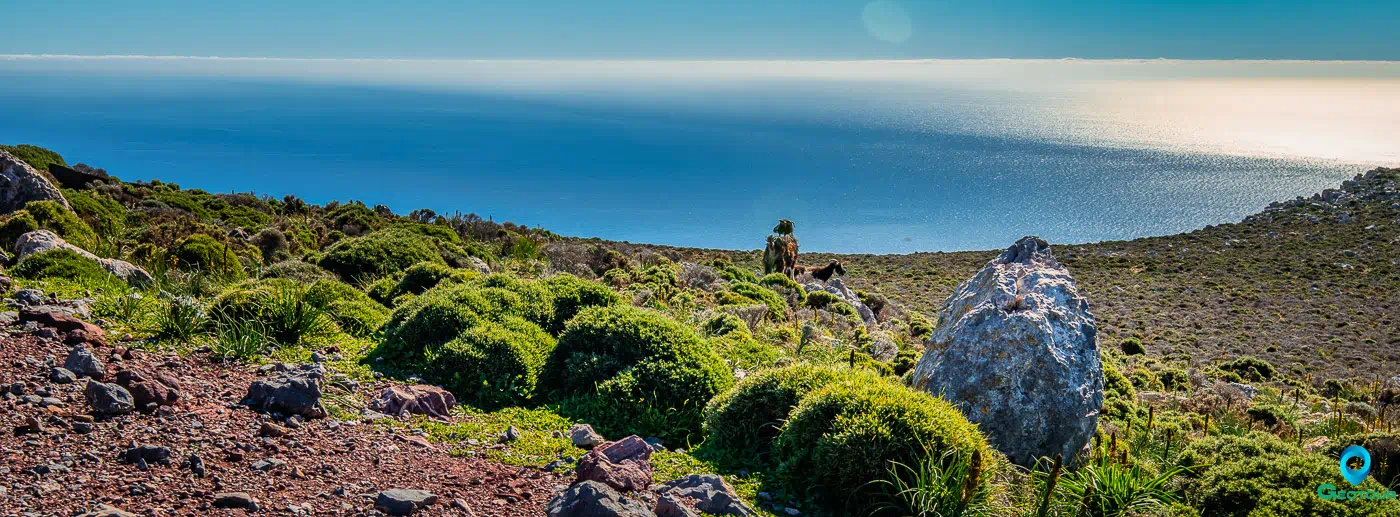
Traostalos is a peak in the Siteia municipality in eastern Crete, Greece. A Minoan peak sanctuary is located on the peak. The peak sanctuary was discovered by Emmanouil Fygetakis. Following a trial excavation in 1962, it was excavated by Paul Faure in 1963/1964 and Kostis Davaras in 1978. In 1995, Stella Chryssoulaki conducted another excavation after the site had suffered from looting.
Location and Description
The sanctuary is situated on a 20 x 12 meter rectangular plateau at an altitude of 495 meters, just below the highest peak, which has an altitude of 515.4 meters. The eastern coast of Crete on the Eastern Mediterranean is 1.2 kilometers from the peak of Traostalos. The Minoan palace of Zakros is 3.2 kilometers to the south, and the Minoan settlement of Roussolakkos is 7.7 kilometers to the north. Near Roussolakkos was the peak sanctuary of Petsophas. The village of Azokeramos is 1.5 kilometers to the southeast. An unpaved road leads from Azokeramos to the peak sanctuary.
While the terrain has a steep slope on the western side of the peak, the rectangular plateau is easily accessible via the gentle eastern slope. A Z-shaped temenos wall protected the site. The wall led north from the two-room sanctuary in the north corner. The architectural structures are in a very poor state of preservation.
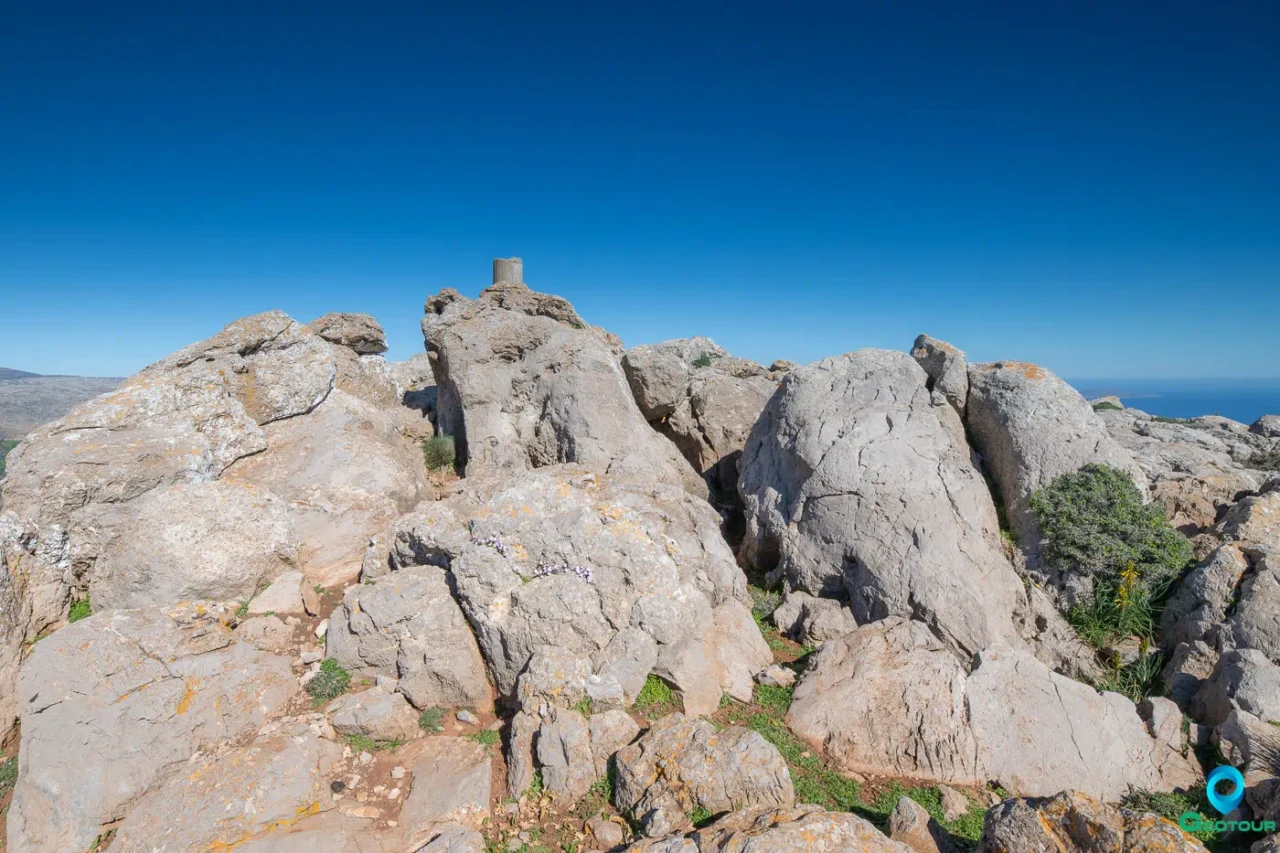
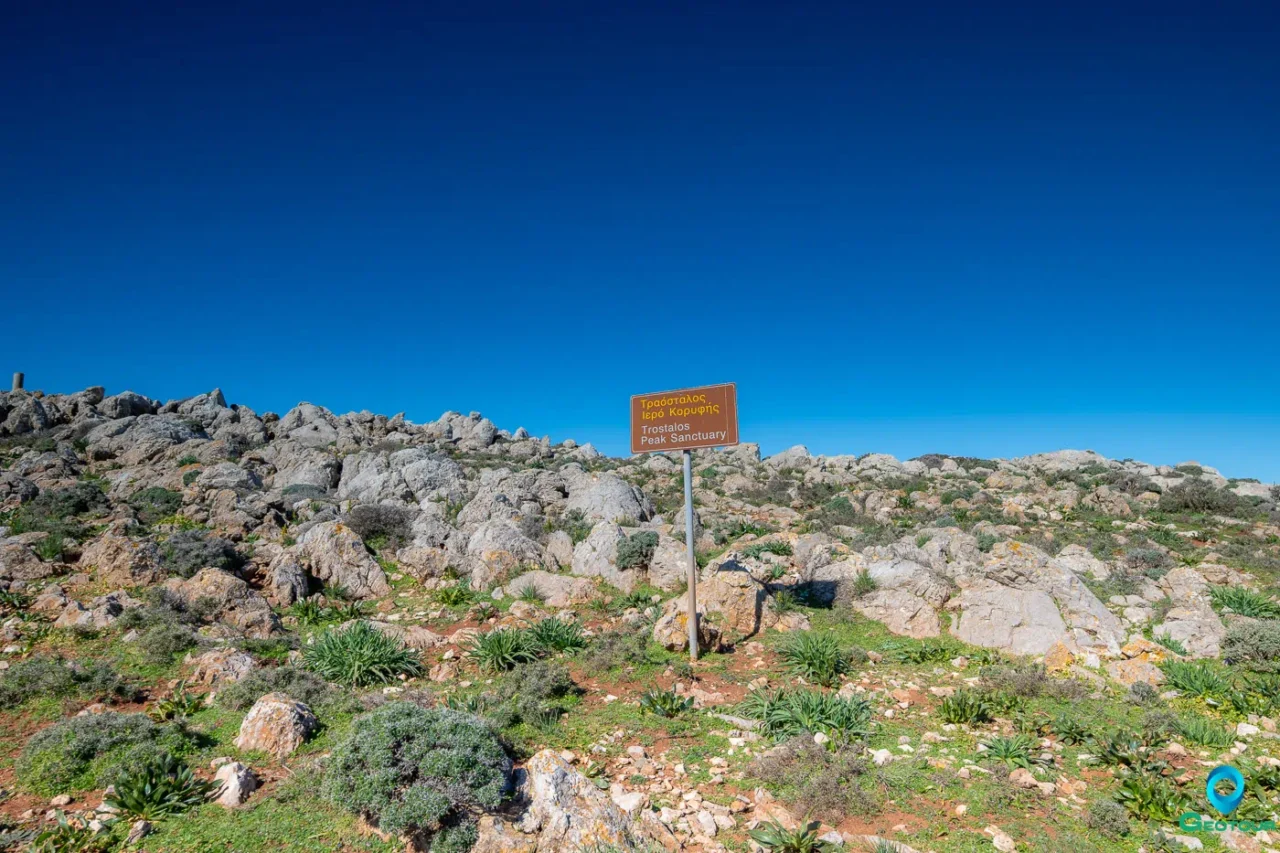
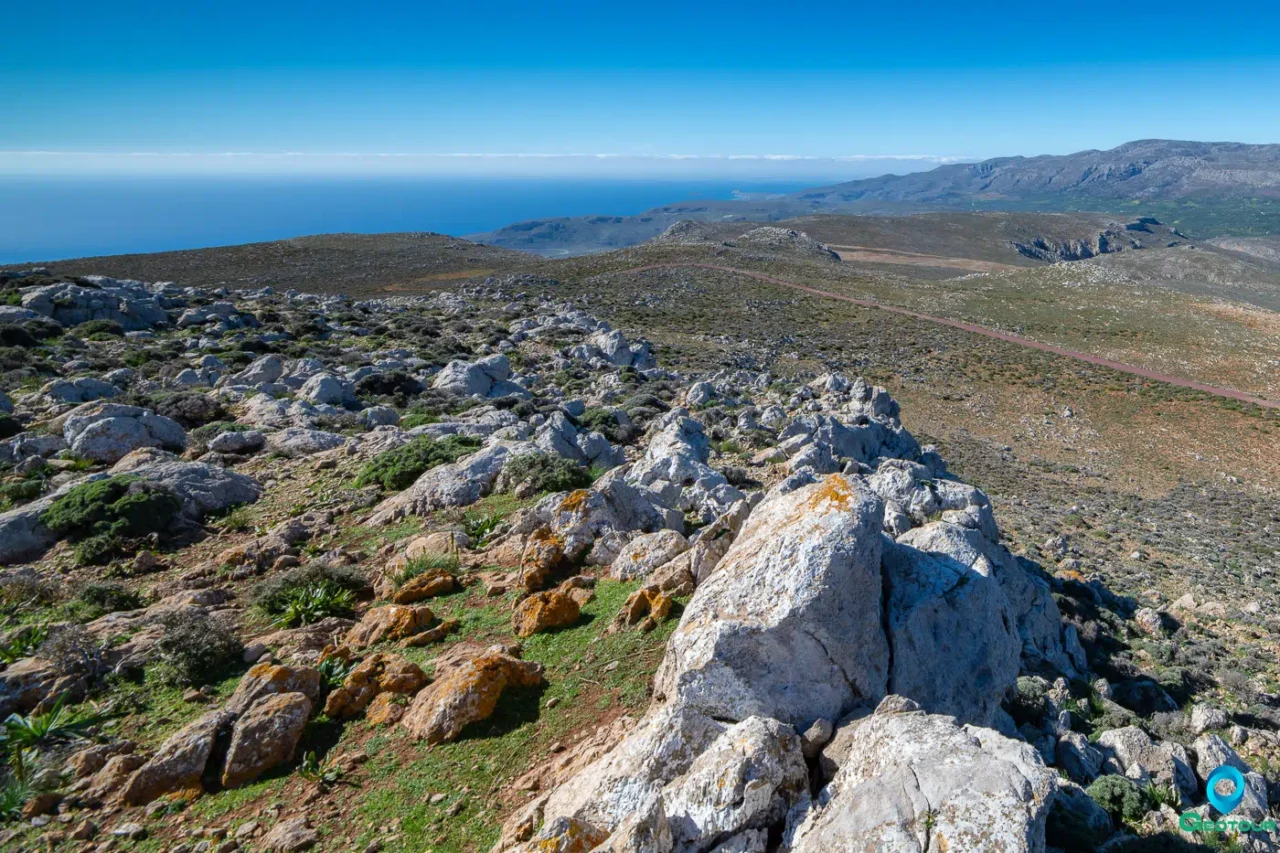
Finds
The most numerous finds were votive offerings, such as those excavated at other peak sanctuaries. The terracotta figurines were mostly in the form of male and female, standing or sitting figures. For example, one was of a sitting woman with a swollen left leg. Also, body parts were found, as well as animal replicas. Among the animals, there were cattle, sheep, birds (maybe pigeons), ibex, and rhinoceros beetles.
A clay model of a ship, rods, miniature shoes, human figurines, and bronze needles were found. There were also seven small gold ribbons, various vessels, and Linear A inscriptions.
Chronology
The first use of the site dates to the Final Neolithic. Deposits from this period were found on the top of the summit, which suggests a specific function, probably ritual. In the same way, Final Neolithic use has been seen at the future sanctuaries of Vrysinas and Atsipades.
In general, the classification period of the finds at Traostalos ranges from the Neolithic to the Postminoan period. The architectural remains, however, date to the New Palace period. The 1978 excavations resulted in elements that suggest that the material from MM I to MM III was covered by a stratum of Late Minoan LM I.
Traostalos and the Palace of Zakros
The decline or abandonment of the sanctuary in LM IB (the period of the foundation and use of the palace of Zakros) may seem paradoxical. Current views on the relationship between peak sanctuaries and palaces during the New Palace period would suggest the opposite. In fact, this should be the period of the site’s greatest prosperity.
It is worth noting that in the same period, the sanctuaries of Vrysinas and Kofinas were abandoned. Therefore, the end of Traostalos is part of a broader phenomenon, which was caused by deeper ideological shifts. For example, the decline of peak sanctuaries is linked to the impact of the earthquakes that struck Crete during the early phases of the New Palace period. The volcanic eruption of Thera could have been a reason as well. As a result, there may have been a turn towards the chthonic cults of sacred caves.
Peak Sanctuaries and Palaces
It is widely believed that peak sanctuaries were under the control of the palaces. However, with the exception of Giouchtas, peak sanctuaries have not shown clear evidence of involvement of any political power in their function. For instance, monumental dedications, or evidence of consumption of slaughtered animals on a large scale, are absent. Admittedly, the offerings include prestigious objects, which confirm the presence of wealthy groups.
The social and economic conditions that shaped the character of worship changed drastically during LM I. At that time, most of the scattered farms and small settlements in the countryside were abandoned. The landscape was dominated by manor houses, which imply a concentration of land ownership. The partial desertion of the productive hinterland, for which the peak sanctuaries had previously served as reference points, may have had a significant impact on the sanctuaries.
In the case of Zakros, the construction of the palace marks not only the peak of the site but also the establishment of a more hierarchical social and political organization. This reality was very different from the one expressed by the earlier sanctuary at Traostalos. At Traostalos, the ceremonies were conducted in public, and everyone had access to the sanctuary. In contrast, the complex layout of the palace allowed for large public gatherings outdoors and private ceremonies for a closed circle of participants indoors. Also, the incorporation of high Knossian tradition in the architecture offered a much more suitable vehicle for expressing and consolidating the New Palace period’s social relations and hierarchies.
The sanctuary was abandoned after it had fulfilled its historic role. The unification of the wider area made it the territory of the palace. Therefore, in the case of Traostalos, the peak sanctuary did not function alongside the neighboring palace, legitimizing its power in the landscape, because it did not coexist with the palace. The example of Traostalos indicates that the peak sanctuary phenomenon was linked to state formation in Minoan Crete, but it should be linked only to the early stages of this process.
Site: Key Points
- Construction Period: New Palace Period (1700-1450 BCE)
- Location: 3.2 km from the palace of Zakros.
- Current Status: Partially excavated.
References
- Briault, C. 2007. “Making Mountains Out of Molehills in the Bronze Age Aegean: Visibility, Ritual Kits, and the Idea of a Peak Sanctuary”. In World Archaeology, 39(1), 122–141.
- Davaras, K. 1980. “A Minoan Graffito from Traostalos”. In Kadmos, 19(2), 15-25.
- Davaras, K. 1980. “Σύνθετα ιερά κέρατα από το Ιερό Κορυφής του Πετσοφά”, in Cretological 4: AI, 88-93.
- Nowicki, K. 2016. “Cretan Peak Sanctuaries: Distribution, Topography and Spatial Organization of Ritual”. In Archeologia, 67, 7-29.
- Troiano, L. 2022. Materiality, ritual performance and social interactions in Minoan peak sanctuaries during the Neopalatial period. Master’s Thesis. National and Kapodistrian University of Athens, Athens, Greece.
- Βοκοτόπουλος, Λ. 2019. “Ιερό κορυφής Τραόσταλου Ζάκρου: Λατρευτικές πρακτικές και περίοδοι χρήσης”. In Proceedings of the 12th International Congress of Cretan Studies, 1-21.















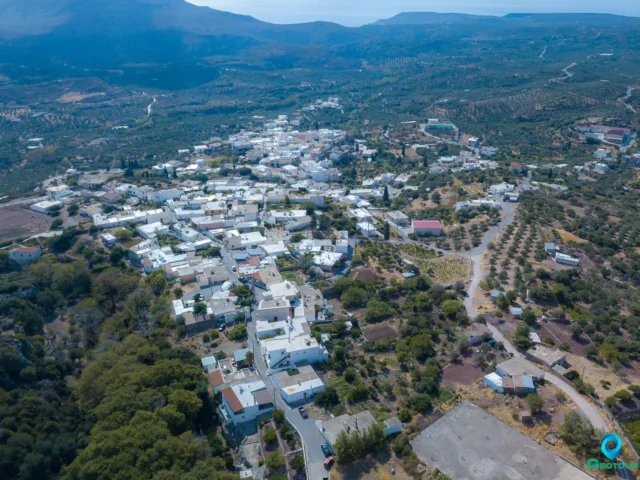

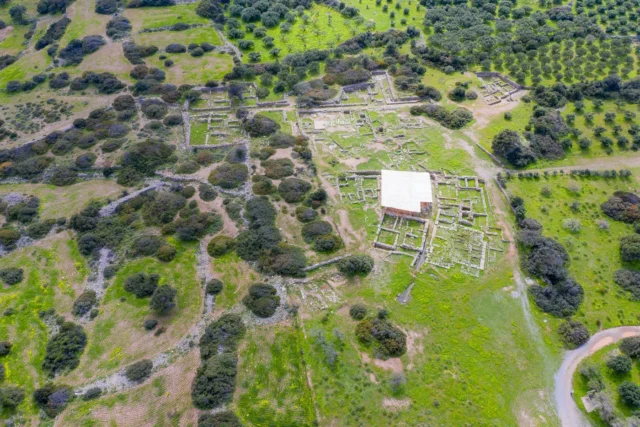

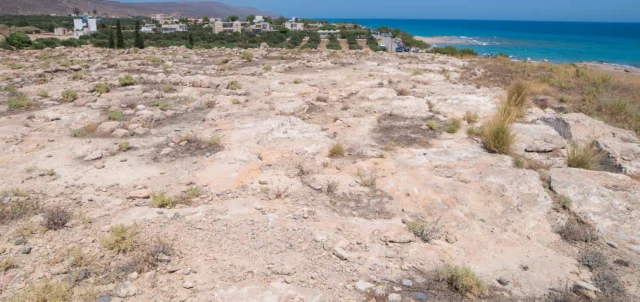
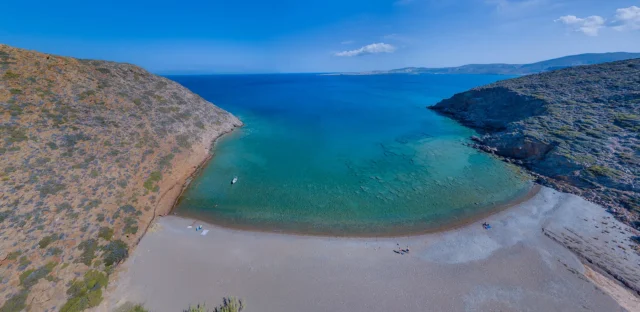

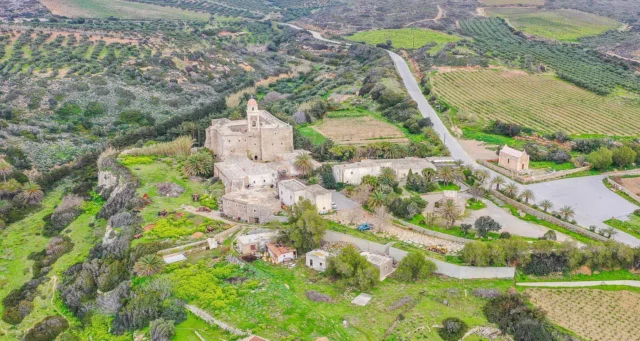

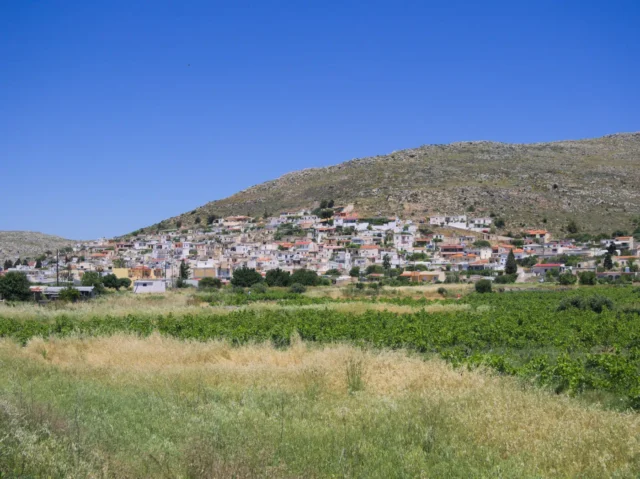
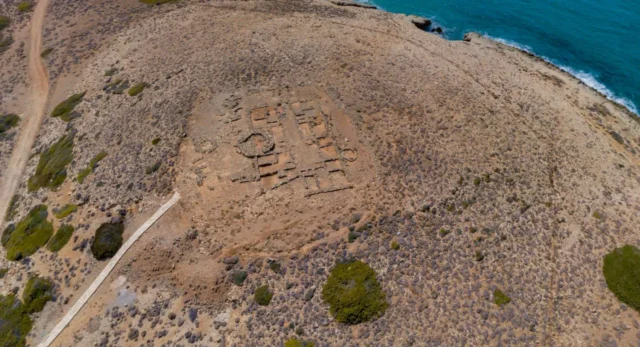
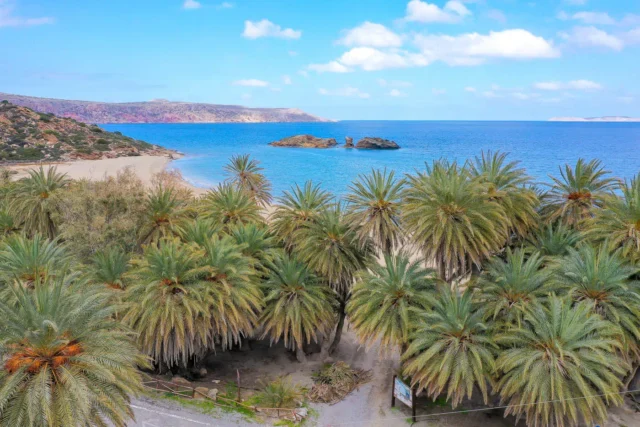
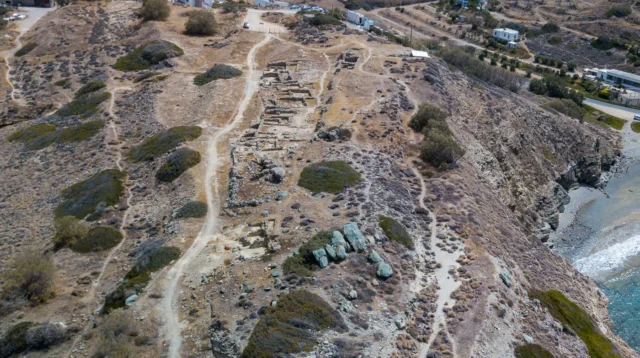
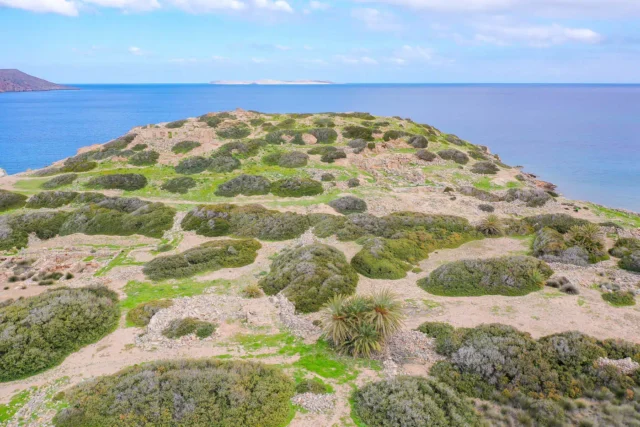
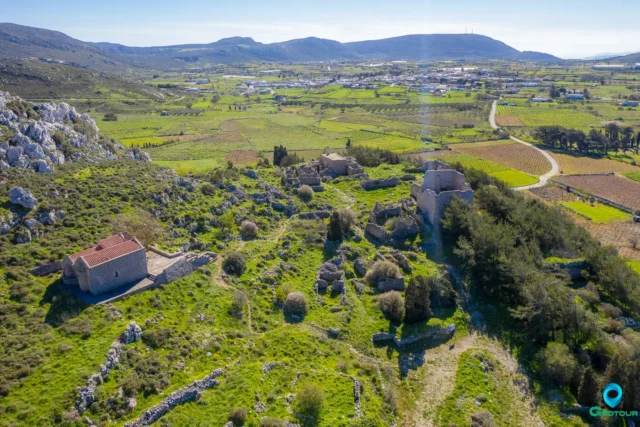
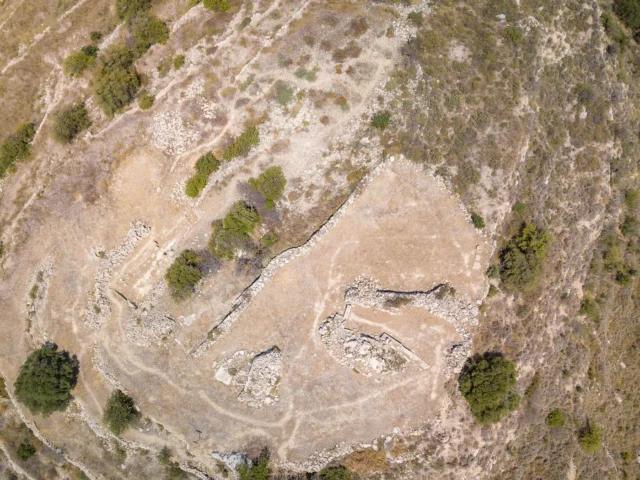

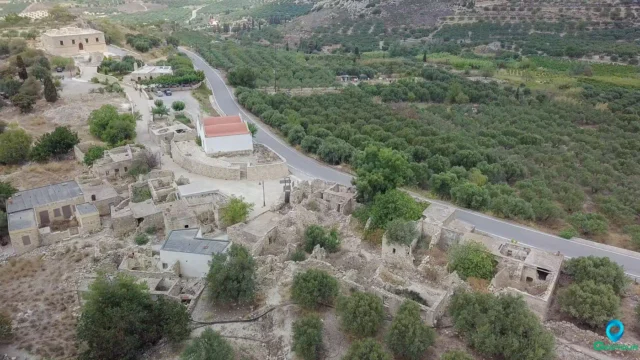

There are no comments yet.